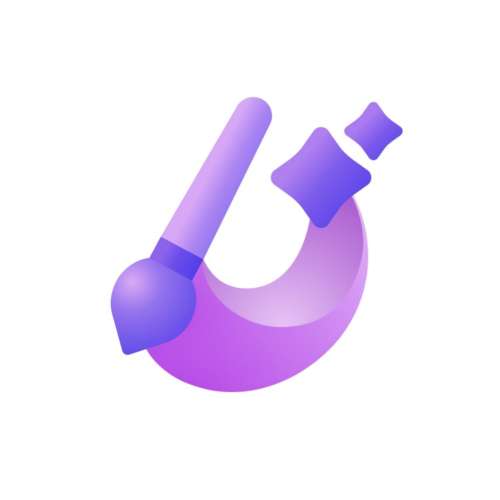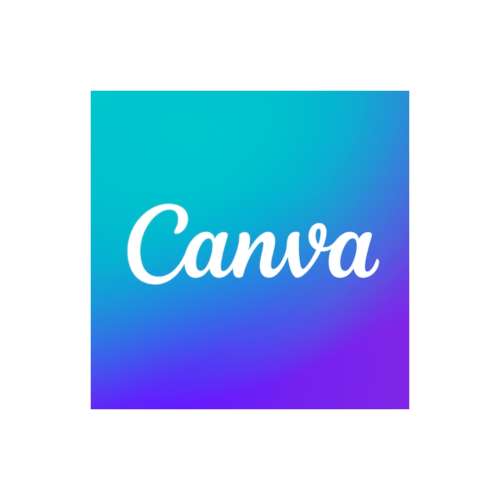
Microsoft Designer
 ai image tools
ai image tools
What Is Microsoft Designer?
Microsoft Designer is an AI-powered graphic design tool developed by Microsoft, aimed at streamlining the creation of visual content. Integrated with generative AI models like DALL-E and GPT-4, it enables users to generate designs from text prompts, customize templates, and collaborate in real time. Unlike traditional tools such as Adobe Photoshop, Microsoft Designer emphasizes accessibility, making it a potential contender in the crowded design software market. But does it deliver?
Key Features: Where It Shines (and Falls Short)
- AI-Generated Visuals: Leveraging DALL-E, the tool creates images from text descriptions. While results are often impressive, they occasionally lack the nuance of human-designed graphics.
- Text-to-Design Automation: Input a concept (e.g., “eco-friendly yoga poster”), and the AI suggests layouts, fonts, and color schemes.
- Template Library: Hundreds of customizable templates for social media, presentations, and ads. However, the variety lags behind Canva’s 500,000+ assets.
- Collaboration Tools: Real-time editing for teams, though limited to Microsoft accounts.
- Export Options: Supports PNG, JPEG, and PDF, but lacks SVG or vector formats.
Technical Backbone:
- Built on GPT-4 for text processing and DALL-E 3 for imagery.
- Requires an internet connection; no offline mode.
- Currently optimized for English, with limited multilingual support.
How to Use Microsoft Designer in 5 Steps
- Access: Visit designer.microsoft.com and sign in with a Microsoft account.
- Choose a Template: Browse categories like “Social Media” or start from scratch using a text prompt.
- Customize: Edit text, adjust AI-generated images, or upload your own. Use the “Resize” tool to adapt designs across platforms.
- Collaborate: Invite team members via email to co-edit (requires Microsoft 365).
- Export: Download your design or share directly to LinkedIn, Instagram, or email.
Use Cases: Who Benefits Most?
- Small Businesses: A bakery used Microsoft Designer to create 30 Instagram posts in two hours, reducing their content budget by 50%.
- Educators: Teachers build interactive lesson plans with AI-generated infographics.
- Marketers: Rapidly prototype ad campaigns, though professionals may crave more branding controls.
- Bloggers: Generate featured images and social snippets without hiring a designer.
Comparisons: Microsoft Designer vs. Competitors
- Canva: More templates and team features, but Microsoft Designer’s AI integration is superior.
- Adobe Express: Better for advanced editing, yet pricier. Microsoft Designer is free but less robust.
- Jasper (AI Writing): Focuses on text, whereas Microsoft Designer merges visuals and copy.
Verdict: Ideal for beginners and Microsoft ecosystem users, but not a replacement for pro tools.
Strengths and Weaknesses
Strengths:
- Cost: Free with a Microsoft account.
- Speed: Generates draft designs in seconds.
- AI Integration: Seamless text-to-image workflows.
Weaknesses:
- Language Support: Primarily English-only.
- Browser Dependency: Optimized for Microsoft Edge, which may frustrate Chrome/Safari users.
- Template Limitations: Smaller library than competitors.
Expert Opinions
“Microsoft Designer is a game-changer for quick-turnaround projects,” says Leah Kim, a digital marketer. “But for brand-heavy work, I still switch to Adobe.”
Critics note its AI sometimes misinterprets prompts. A Reddit user shared: “I asked for a ‘futuristic cityscape’ and got a cartoonish skyline—useful, but not always precise.”
Pro Tips for Efficiency
- Optimize Prompts: Use specific adjectives (e.g., “minimalist,” “vibrant”) for better AI results.
- HD Export: Always select “High Quality” in settings to avoid pixelation.
- Leverage Copilot: Integrate Microsoft’s AI assistant for smarter text suggestions.
Target Audience
- Content Creators: Bloggers, social media managers, and freelancers needing quick visuals.
- Small Teams: Startups or nonprofits with limited design resources.
- Educators/Students: Simplify presentations and educational materials.
Technical Details
- Languages: English-focused, with plans to expand to Spanish, French, and German.
- AI Models: DALL-E 3 for images, GPT-4 for text.
- Internet Required: No offline functionality.
The Future of Microsoft Designer
Microsoft plans to add integrations with Teams and Outlook, alongside higher-resolution exports. A “Brand Kit” feature for consistent logos/colors is also in development.
FAQ
Q: Is Microsoft Designer free?
A: Yes, with a Microsoft account.
Q: Can I use it for commercial projects?
A: Yes, though ensure AI-generated images comply with DALL-E’s content policy.
Q: Does it work on mobile?
A: Browser-only; no dedicated app yet.
Rating: ★★★★☆ (4/5)
Why: Strong AI foundation and cost efficiency, held back by template limits and language constraints.
Final Call to Action
Experiment with Microsoft Designer for your next project. Its AI-driven approach could save hours—just temper expectations for complex tasks. Try it free, and share your take in the comments.





No comments, be the first to comment